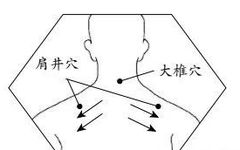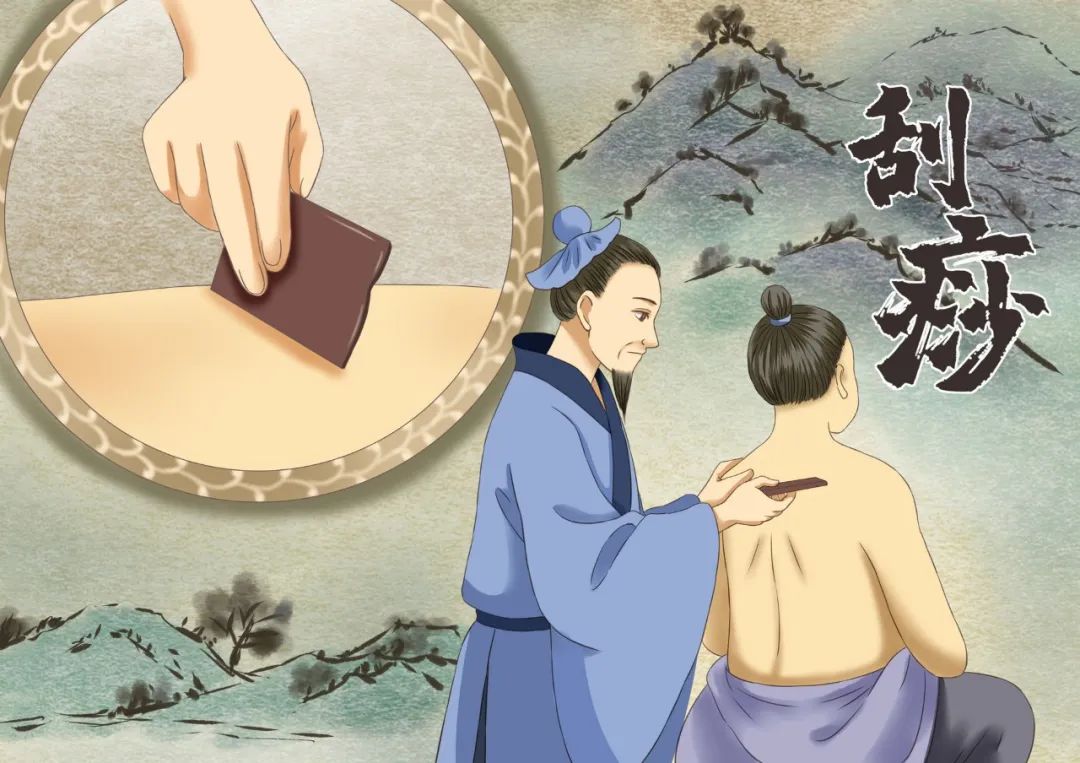
Gua Sha is known to treat colds and heatstroke, but can it also address heart issues?Gua Sha can alleviate numerous ailments, and this is true Zhang Jing, Deputy Director of the Tui Na Department at the First Affiliated Hospital of Guangzhou University of Chinese Medicine, points out that traditional Chinese medical texts state, “All diseases can be treated with Gua Sha.”This is because Gua Sha can expel pathogenic factors. Whether it is internal diseases like hypertension and gastrointestinal disorders, or external conditions such as cervical spondylosis and shoulder periarthritis, or even gynecological and urological issues, as long as the disease is caused by pathogenic factors invading the body, Gua Sha can have a therapeutic effect.So, does this mean that all diseases can be treated without medication or surgery, just by performing Gua Sha?Of course, it is not that simple.Patients diagnosed with the same disease by Western medicine may have different patterns in TCM diagnosis, which could be excess (shi) or deficiency (xu), or a combination of both. For those with deficiency or a mixed pattern, Gua Sha may not be effective, and other treatment methods should be sought.Moreover, Gua Sha is time-consuming and not covered by health insurance, which limits its application in clinical treatment.Conditions that Gua Sha can alleviateMany chronic diseases are complex, and performing Gua Sha at home can be challenging as one may struggle to locate the correct acupoints and apply the right technique. However, many common minor ailments are primarily due to excess pathogenic factors, and learning Gua Sha techniques can easily resolve these issues.【Neck and Shoulder Pain】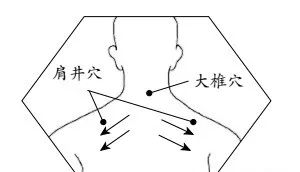
Da Zhui (Great Vertebra) Point:Located at the junction of the neck and back, it is the most prominent bone, and the depression just below it is this point.
Jian Jing (Shoulder Well) Point:The midpoint of the line connecting the Da Zhui point and the acromion is this point.
For neck and shoulder pain, Gua Sha can be performed along the line from “Da Zhui Point to Jian Jing Point.”
If locating acupoints seems complicated, a simpler method is to scrape the area where the muscles feel painful, following the principle of scraping from top to bottom and from inside to outside, along the direction of the muscle fibers.
Director Zhang Jing reminds that during acute pain periods, when the pain is particularly severe, Gua Sha should not be performed to avoid exacerbating local swelling and pain.
When Gua Sha alleviates neck, shoulder, and back pain, Wan Hua Oil can be used instead of Gua Sha oil. Wan Hua Oil has effects of invigorating blood circulation, resolving stasis, and unblocking meridians, which also helps relieve pain.
【Lower Back Pain】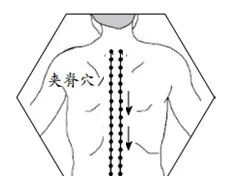
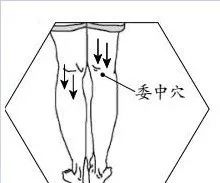
Jia Ji (Paravertebral) Points:A collective term for multiple acupoints located about 0.5 inches lateral to the spinous processes from the first thoracic vertebra to the fifth lumbar vertebra, totaling 34 points.
Wei Zhong (Middle of the Knee) Point: Located at the center of the popliteal fossa behind the knee.
For lower back pain, Gua Sha can be performed along the line from “Da Zhui Point to Jia Ji Points,” or by scraping the Wei Zhong Point.
The ancient TCM saying goes: “For lower back issues, seek Wei Zhong Point.” Stimulating the Wei Zhong Point can help with lower back problems.
【Common Cold】There are different Gua Sha methods for various common cold symptoms.Director Zhang Jing points out that whether it is a wind-cold or wind-heat cold, the following Gua Sha methods can be used. “Both cold and heat belong to pathogenic factors, and Gua Sha can be used to expel them.”1. Headache——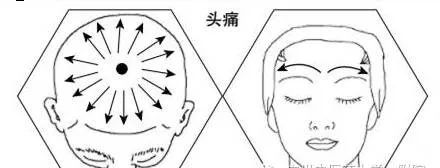
If lying down while performing Gua Sha, scrape from the Yintang (Hall of Impression) point towards the top of the head.
2. Fever——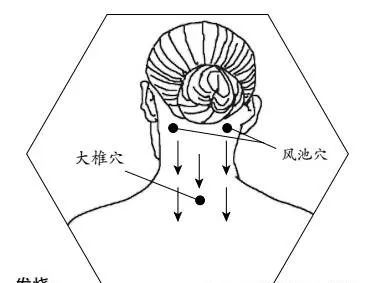
Feng Chi (Wind Pool) Point: Located at the junction of the neck and hairline, with a depression on each side.
Scraping along the direction from “Feng Chi Point to Da Zhui Point to Jia Ji Points” can assist in reducing fever.
3. Nasal Congestion——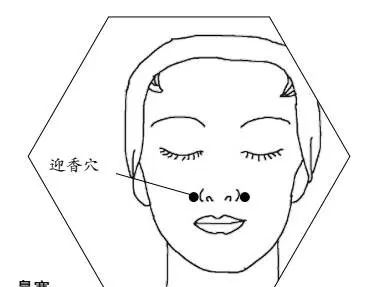
Ying Xiang (Welcome Fragrance) Point: Located on both sides of the nostrils.
Using the edge of the Gua Sha tool, press and rub at the Ying Xiang Point, or scrape from the Ying Xiang Point towards the nasolabial groove.
【Heatstroke】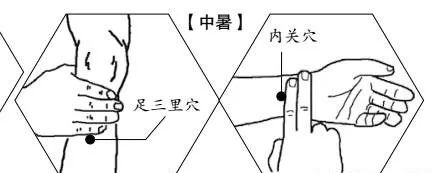
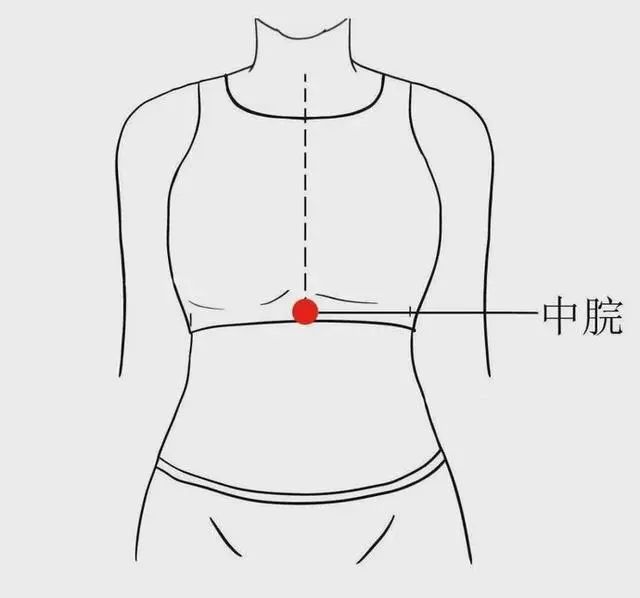
Zhong Wan (Middle Cavity) Point: Located about six fingerbreadths above the navel.
Nei Guan (Inner Pass) Point:Located in the center of the forearm, about two fingerbreadths from the palm.
Zu San Li (Three Miles from the Foot) Point:Located about four fingerbreadths below the outer knee.
If heatstroke patients experience fever and headache, they can be treated using the Gua Sha methods for colds mentioned above.
If feeling nauseous, Gua Sha can be performed on the Zhong Wan Point, Nei Guan Point, and Zu San Li Point. If experiencing chest tightness, scrape the Tan Zhong Point, which is the midpoint between the two nipples.
【Abdominal Distension, Diarrhea, Constipation】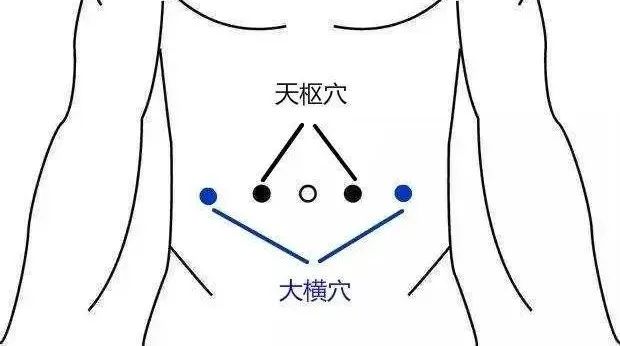
Tian Shu (Heavenly Pivot) Point:Located about three fingerbreadths to the left and right of the navel.
Da Heng (Great Horizontal) Point:Located about six fingerbreadths to the left and right of the navel.
For gastrointestinal issues, Gua Sha can be performed on two areas: one is the lumbar-sacral region, where the Da Chang Yu (Large Intestine Shu), Xiao Chang Yu (Small Intestine Shu), Wei Yu (Stomach Shu), and Pi Yu (Spleen Shu) points are located, which help strengthen the spleen and stomach and aid digestion; the other is the abdominal area, where the Spleen and Stomach meridians run, including Tian Shu and Da Heng points, which can regulate the stomach and strengthen the spleen.
These acupoints have a bidirectional regulation effect, capable of stopping diarrhea or promoting bowel movements. Generally, for diarrhea, scrape in a counterclockwise direction; for constipation, scrape in a clockwise direction.
【Sore Throat】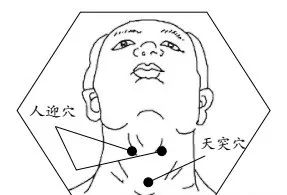
Ren Ying (Human Welcome) Point: Located about two fingerbreadths lateral to the Adam’s apple.
Tian Tu (Heavenly Embrace) Point: Located at the center of the depression just below the Adam’s apple.
Gua Sha can be performed gently along the line from “Ren Ying Point to Tian Tu Point.” The skin in this area is thin, so care should be taken to avoid breaking the skin.
【Children’s Diarrhea, Constipation, Poor Appetite】Children, being pure Yang bodies with abundant Qi and blood, are also suitable for Gua Sha. Zhang Jing states: “They have not undergone external treatment methods in TCM, whether it is Gua Sha, Tui Na, or acupuncture, the effects are generally good.”Children’s acupoints differ from those of adults. Even for the same symptoms, the Gua Sha methods vary.For children’s diarrhea, scrape from the “coccyx to lumbar vertebra” direction, from bottom to top to stop diarrhea; for constipation, scrape in the opposite direction, from top to bottom to promote bowel movements.If a child has a poor appetite due to food stagnation, scrape the abdomen in a clockwise direction; if they are naturally thin and have poor digestion, scrape in a counterclockwise direction.It is important to note that children’s skin is delicate, so when performing Gua Sha, more oil or other mediums should be used, and the amount of stimulation should be controlled to avoid causing the child to cry.Do not force the appearance of Sha, limit Gua Sha to a maximum of 20 minutesDirector Zhang Jing points out that when performing Gua Sha at home, if multiple areas need to be scraped, there is no need to be overly concerned about the order; simply start with the area that has the most severe issue.It is particularly important to note that the duration of Gua Sha should not be too long; it is not necessary to scrape until there are numerous Sha marks or until the pain is unbearable. Regardless of how many areas are scraped, the total duration of Gua Sha should not exceed 20 minutes.“Gua Sha is ultimately a method of expelling, and excessive expulsion can damage the righteous Qi, leading to a decline in bodily functions. Some people may develop large areas of Sha marks after just a minute or two of scraping, and they should stop immediately, rather than scraping for the full 20 minutes.” Zhang Jing advises.If feeling dizzy or faint, stop immediatelyExcessive duration or force during Gua Sha, or if the person receiving Gua Sha has a weak constitution, can lead to symptoms such as dizziness, nausea, pale complexion, cold limbs, and palpitations.Director Zhang Jing explains that this is called “dizzy Gua Sha,” indicating that the stimulation from Gua Sha is too strong for the body.If dizzy Gua Sha occurs, stop immediately, lie down to rest, and drink a cup of warm water. If conditions allow, drink a bowl of Angelica and red date water, which has effects of tonifying Qi and blood.Some individuals may not experience dizzy Gua Sha, but after scraping, a large lump may appear at the scraped area. This is due to excessive force during Gua Sha, causing significant subcutaneous bleeding and resulting in a hematoma. They should seek medical attention.Wait for the Sha marks to fade before performing Gua Sha againIn clinical practice, Director Zhang Jing often observes that some patients have particularly thick-looking necks.Upon inquiry, she finds that these individuals were often subjected to “grabbing the throat” by their parents during childhood.“This is a form of ‘grabbing Sha,’ which is also a method to induce Sha. Grabbing the throat can alleviate throat swelling and pain,” Zhang Jing explains. “However, some parents do not realize that frequent grabbing can lead to thickening and fibrosis of the skin, making it appear as if there is an extra piece of flesh.”Like grabbing Sha, Gua Sha should not be performed too frequently. One should wait until the Sha marks have nearly faded before performing Gua Sha again. Otherwise, it can also lead to skin thickening.The meaning behind Sha marks has its mysteries, how to interpret themEven with Gua Sha, each person’s reaction is different.○ Why do some people develop Sha marks easily with light scraping, while others do not develop any even after prolonged scraping?Dr. Zhang Jing: If someone develops many Sha marks in less than half a minute, it indicates that this person has a significant amount of pathogenic factors in their body, and there are issues with local Qi and blood circulation. They may have local stasis, with thin and brittle blood vessel walls, making them prone to rupture with light scraping, leading to subcutaneous bleeding and Sha marks.Those who do not easily develop Sha marks generally fall into two categories.One is that the person is relatively healthy, with good Qi and blood circulation and elastic blood vessels, making it difficult to rupture the vessels even with prolonged scraping. They may only develop a few scattered Sha points. The other is that the person is relatively weak, with insufficient Qi and blood, and their skin does not easily redden or develop Sha marks even after prolonged scraping.○ Why do some Sha marks appear purple-black while others are bright red?Dr. Zhang Jing: This is related to the duration and severity of the illness. For example, in cases of cervical spondylosis, some individuals with recurrent neck pain over a long period may develop darker, purple-black Sha marks; while those who scrape at the first sign of pain may have brighter, purple-red marks.Additionally, it is related to the nature of the pathogenic factors. If affected by heat, dryness, or summer heat, the Sha marks tend to be red or purple; if affected by cold, the Sha marks are often blue-black or green-black.○ Why do some people’s Sha marks take a long time to fade?Dr. Zhang Jing: Generally, Sha marks will fade within about a week. If they take longer to fade, it indicates that the person’s Qi and blood are poor.Individuals with good Qi and blood will quickly mobilize their body’s defenses to absorb and metabolize the stasis, repairing the bleeding area, and the Sha marks will fade accordingly.In contrast, individuals with poor Qi and blood may have difficulty mobilizing their defenses, or even if they do, the response is weak, leading to slower fading of the Sha marks.

Source|First Affiliated Hospital of Guangzhou University of Chinese Medicine Expert Guidance: Zhang Jing, Deputy Director of Tui Na Department Editor|Shan Lai Editing Team
